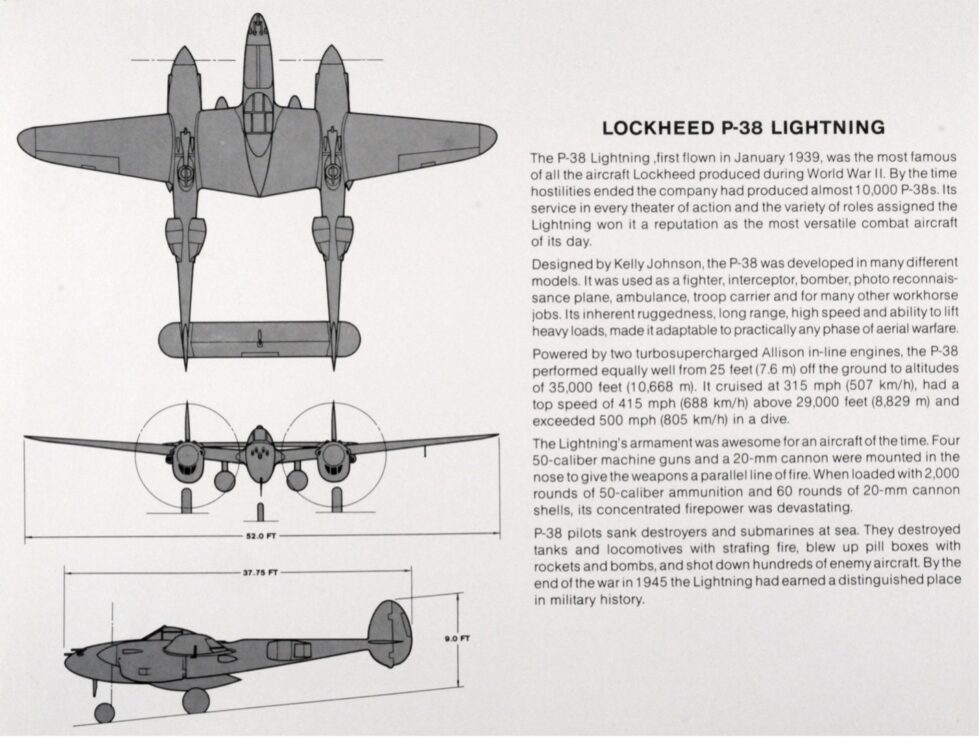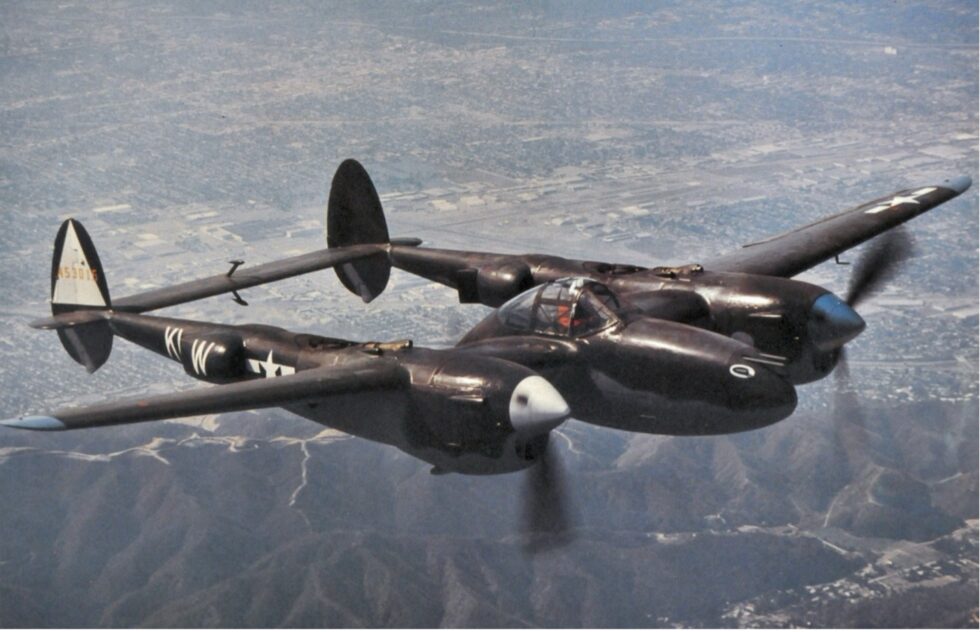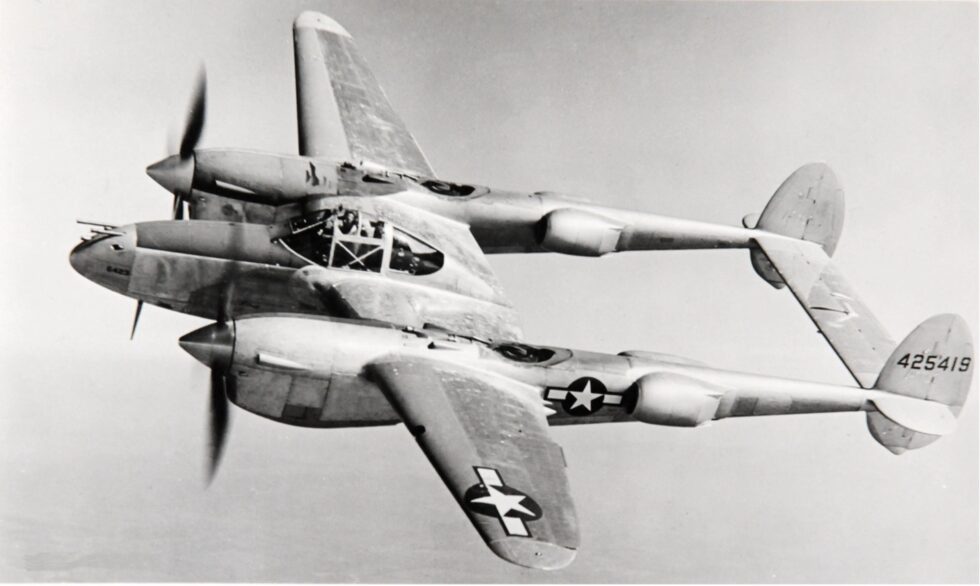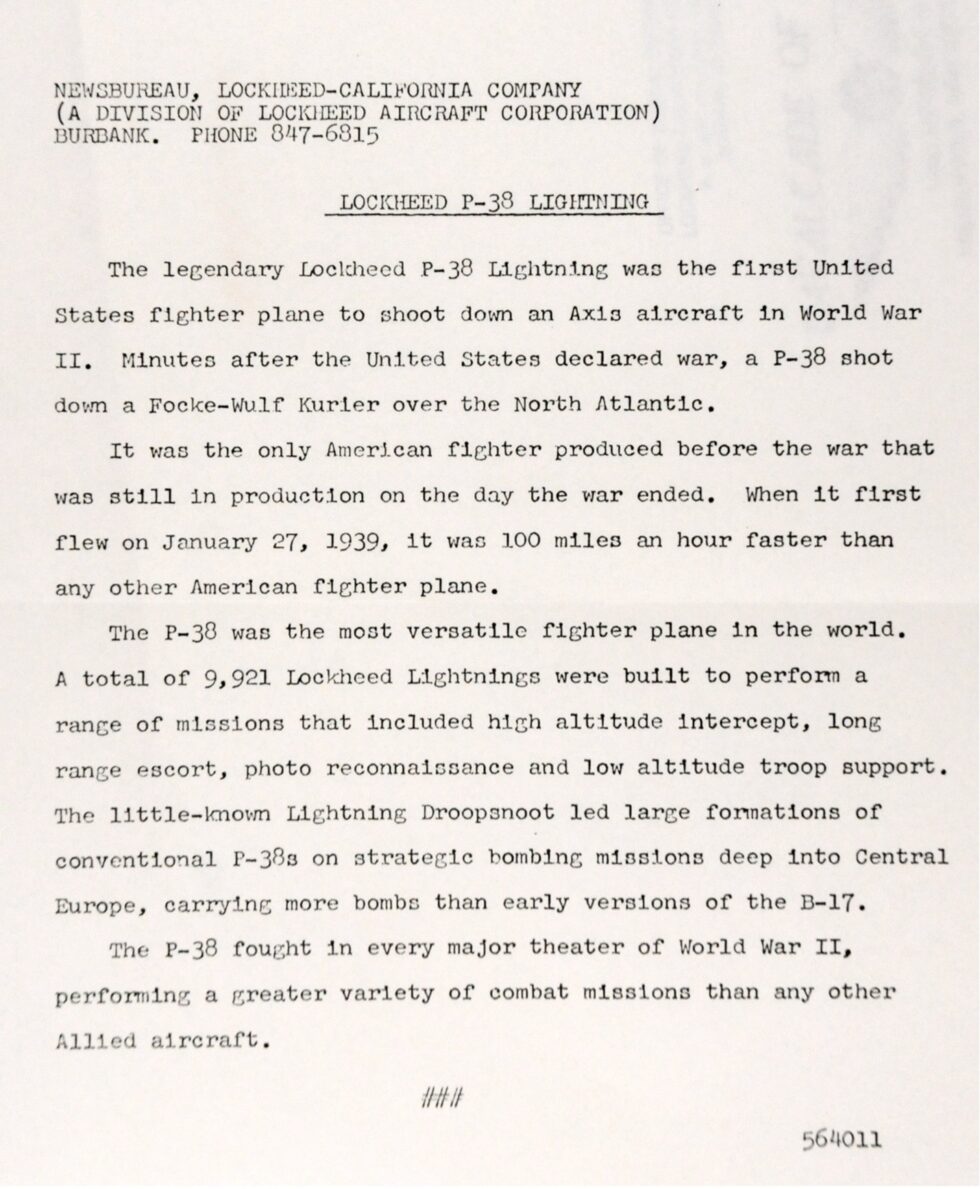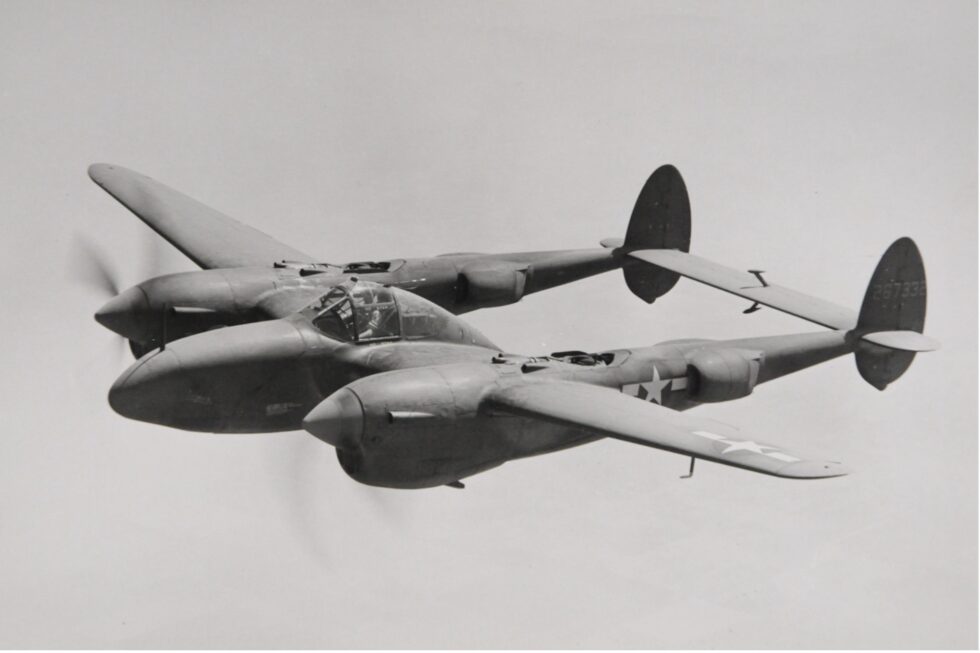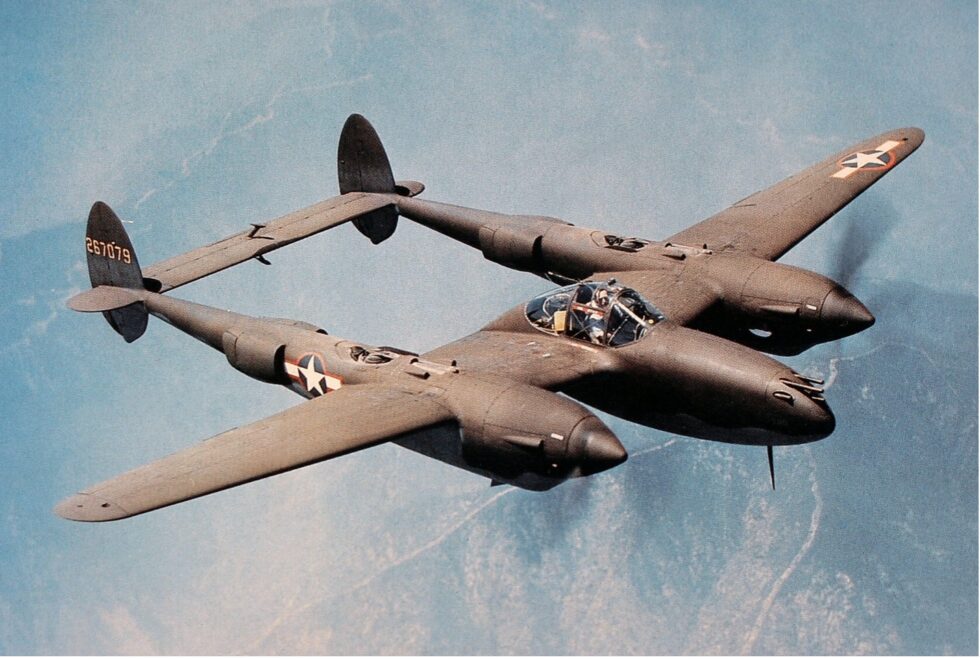U.S. Army Air Forces Lockheed RP-38E Lightning
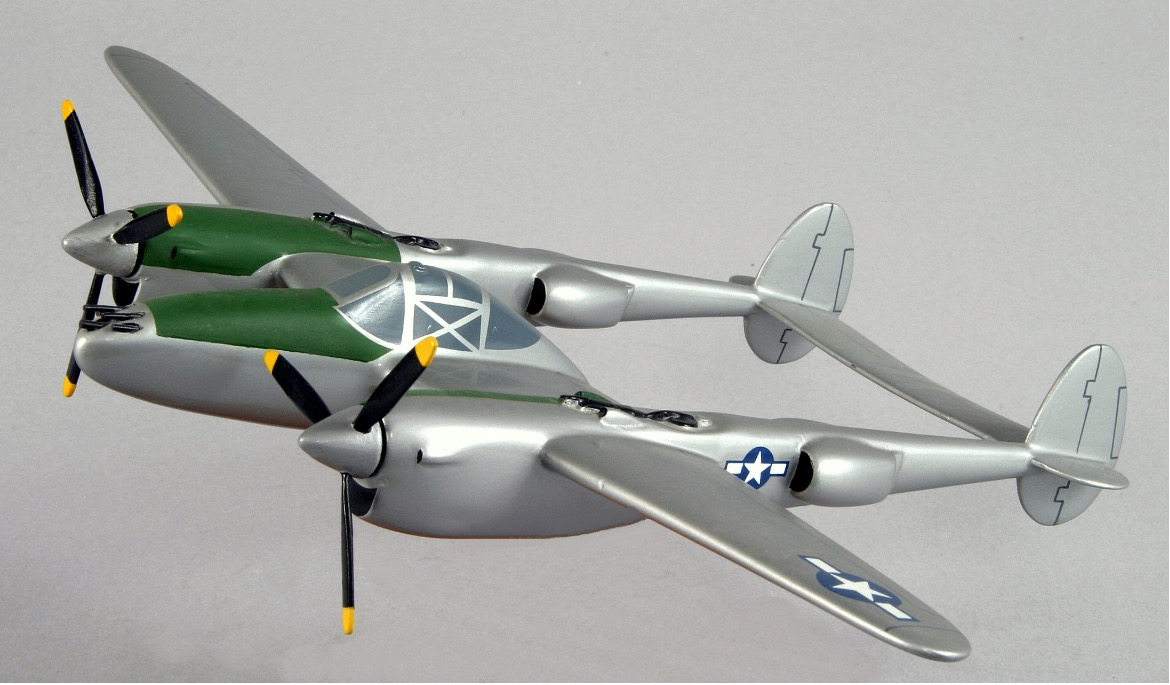
MODEL BY:
Teachout
Model Scale:
1/48
MODEL ADDED:
04/06/1992
historical significance
First Albuquerque Visit: 1950
Additional Information:
The Lockheed P-38 Lightning is an American single-seat, twin piston-engine fighter aircraft that was used during World War II. Developed for the United States Army Air Corps (USAAC) by the Lockheed Corporation, the P-38 incorporated a distinctive twin-boom design with a central nacelle containing the cockpit and armament. Along with its use as a general fighter, the P-38 was used in various aerial combat roles, including as a highly effective fighter-bomber, a night fighter, bomber-pathfinder, and a long-range escort fighter. When used in the aerial reconnaissance role, the P-38 accounted for 90 percent of American aerial film captured over Europe during WWII. Although not designated as a heavy fighter or a bomber destroyer by the USAAC, the P-38 filled both of those roles and more. The P-38 was operated by one pilot and was nimble enough to compete with other single-engine fighters.
Both engines of the P-38 were supplemented by turbo-superchargers which made the aircraft capable of performing well at high altitudes. The turbo-superchargers also muffled the exhaust which made the P-38 relatively quiet while flying. The P-38 was also the first American fighter to make extensive use of stainless steel and smooth, flush-riveted, butt-jointed aluminum skin panels and it became the first military aircraft to fly faster than 400 mph in level flight. The P-38 was the only American fighter aircraft in large-scale production for the entirety of America’s involvement in World War II.
The P-38 was most successfully used in the Pacific and the China-Burma-India Theaters of Operations during World War II and was the aircraft of America’s top three aces, Richard Bong with 40 victories, Thomas McGuire with 38 victories, and Charles H. MacDonald with 27 victories. In the South West Pacific Theater, the P-38 was the primary long-range fighter until the introduction of the P-51D Mustangs.
A Lockheed RP-38E Lightning was attached to the Army Air Depot on Sandia Base for use by the Albuquerque Convalescent Hospital patients located on Kirtland Field in Albuquerque, New Mexico beginning in 1944. The Lockheed Lighting was available to give flight time to pilots recovering from injuries at the hospital so they could return to active flight status. Maintenance of the aircraft was being provided by the Air Depot aircraft maintenance personnel manning the training facility located at the former Oxnard Field.
On Dec. 5, 1944, the RP-38E, 41-2268, was taken out for a check flight following maintenance work when the aircraft lost one engine and, being difficult to control, rolled over and crashed south of Kirtland Field near the Isleta Reservation. The pilot of the RP-38E was 1st Lt. Cletus J. Gombold and he was killed in the resulting crash.
GALLERY:
SEARCH OUR DATABASE:

